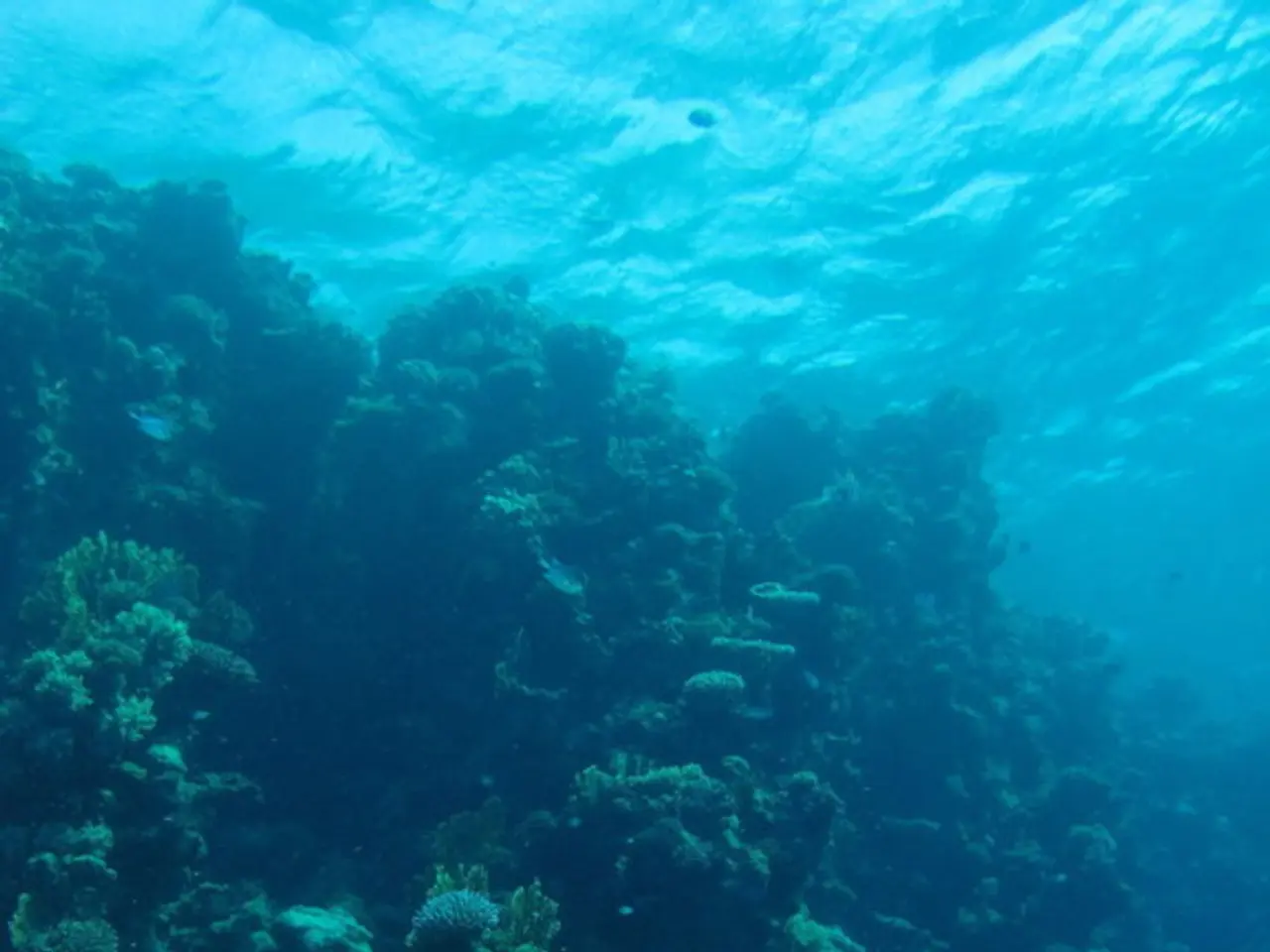Wildfire debris in Los Angeles may not have significantly contributed to this year's harmful algal bloom, according to scientists' analysis.
In the waters stretching from Baja California in Mexico to Bodega Bay in Northern California, a harmful algae bloom (HAB) has once again wreaked havoc on marine life. This year's bloom, which started in February, has been particularly devastating, with hundreds of dolphins, sea lions, and other marine mammals washing up on California coasts, either dead or suffering from neurotoxin poisoning symptoms.
Four different algae species were present in this year's bloom, including Alexandrium catenella, which produces saxitoxin, and Pseudo-nitzschia australis, which produces domoic acid. These toxins accumulate in filter-feeding fish, and then poison the larger marine mammals who eat them.
The HAB appeared earlier in the year than previous blooms, and an ocean upwelling event brought nutrient-rich deep waters to the surface, creating conditions far more significant than fire-related pollution. Despite initial concerns, scientists have found that January's wildfires did not worsen the algae bloom that killed hundreds of marine animals along California's coastal regions.
Dave Bader, a marine biologist, stated that the fires added fewer nutrients over the course of the bloom than sewage treatment facilities did. He also noted that as climate change has shifted the timing and intensity of the strong wind events that drive upwellings, 'we're coming into a future where we unfortunately have to expect we'll see these events with recurring frequency.'
Clarissa Anderson of UC San Diego's Scripps Institution of Oceanography directs the Southern California Coastal Ocean Observing System (SCCOOS). She and other scientists have suggested that this year's algae bloom would have been just as deadly if the fires hadn't happened. In fact, the only sign that L.A.'s waters could be unhealthier than other coastal stretches this year was an unusually high spike of Pseudo-nitzschia in March at the Santa Monica Pier.
Sadly, the outbreak claimed the lives of not only smaller marine creatures but also larger ones. A minke whale in Long Beach Harbor and a gray whale stranded on Huntington City Beach also succumbed to the HAB.
This marks the fourth consecutive year of such outbreaks in Southern California, a troubling trend that underscores the need for continued research and monitoring. As Bader warned, we may have to expect these events with recurring frequency in the future. The search results do not provide specific information on research teams studying the effects of the wildfires on the spread of harmful algae in the coastal region.
This news serves as a stark reminder of the delicate balance of our marine ecosystems and the urgent need for conservation efforts to protect them. As we move forward, it is crucial that we continue to monitor and study these events to better understand their causes and potential solutions.




